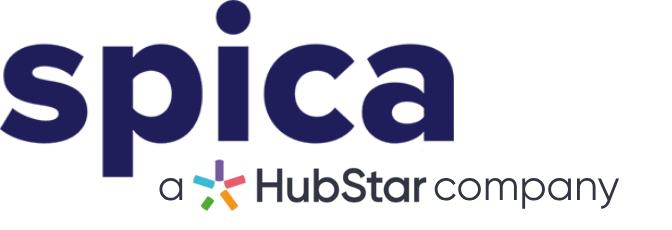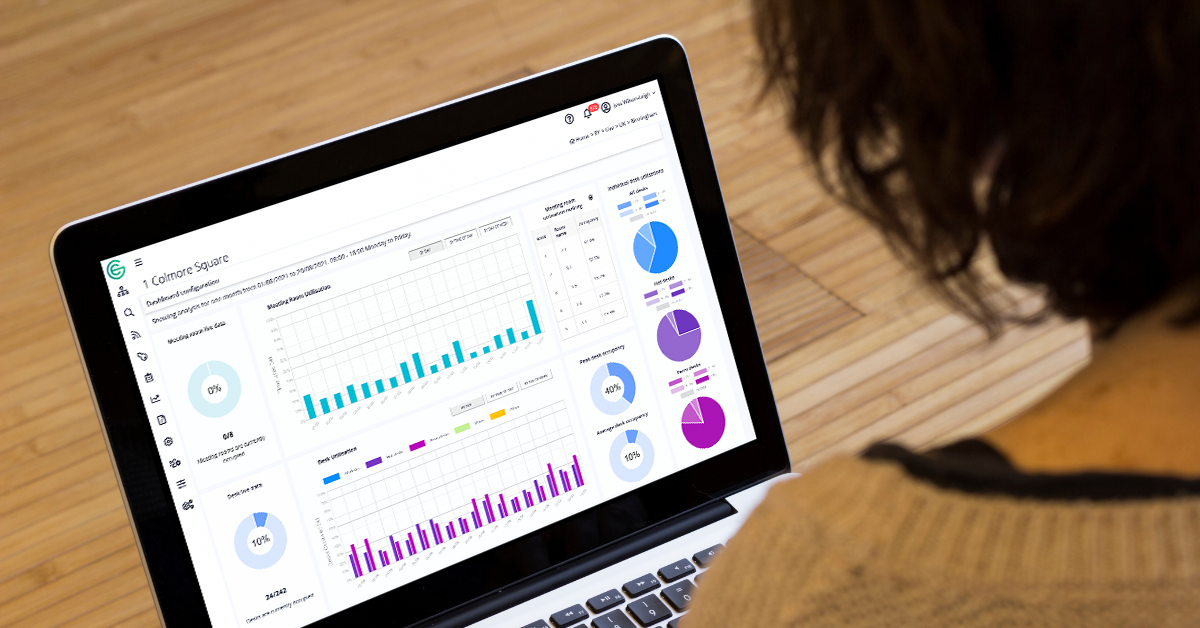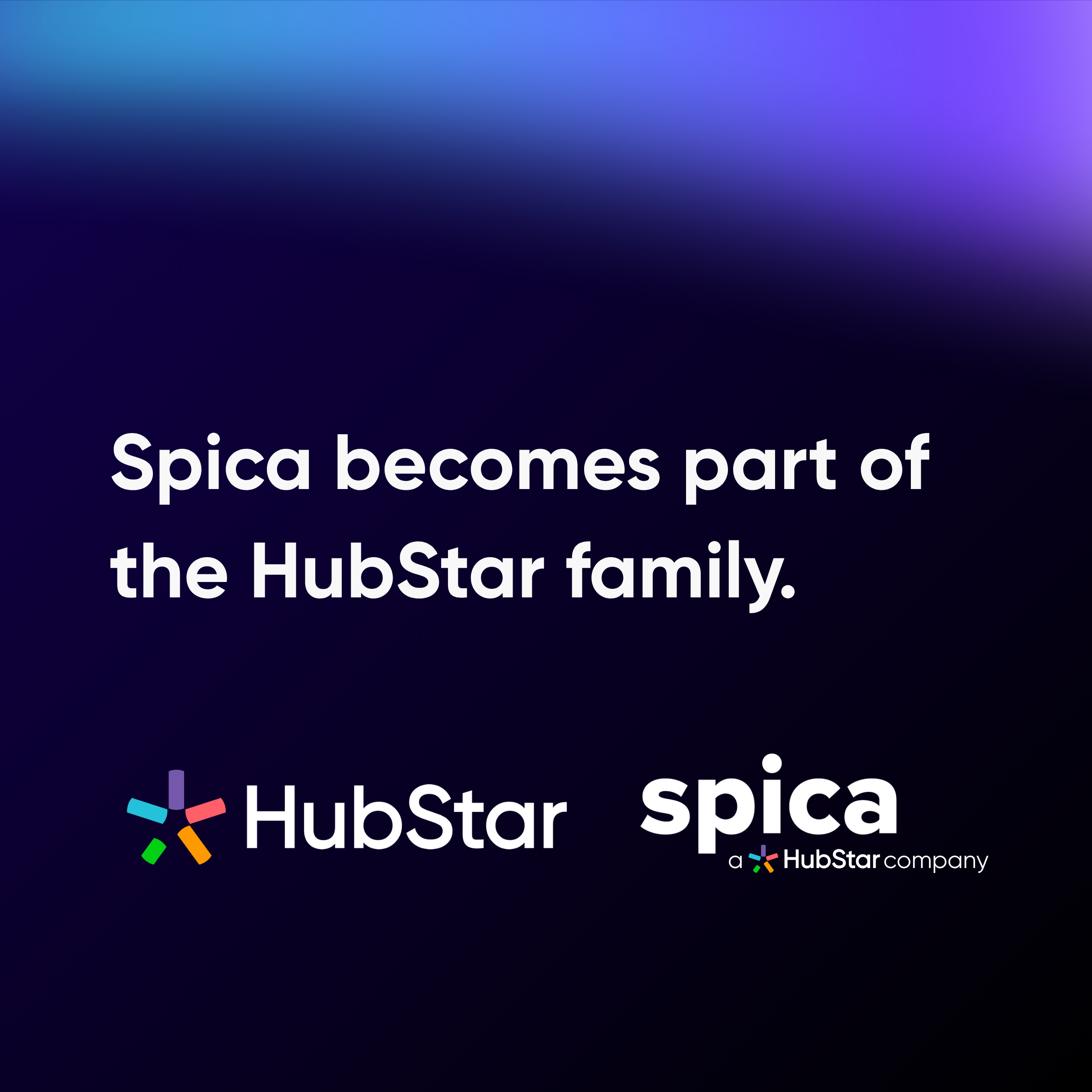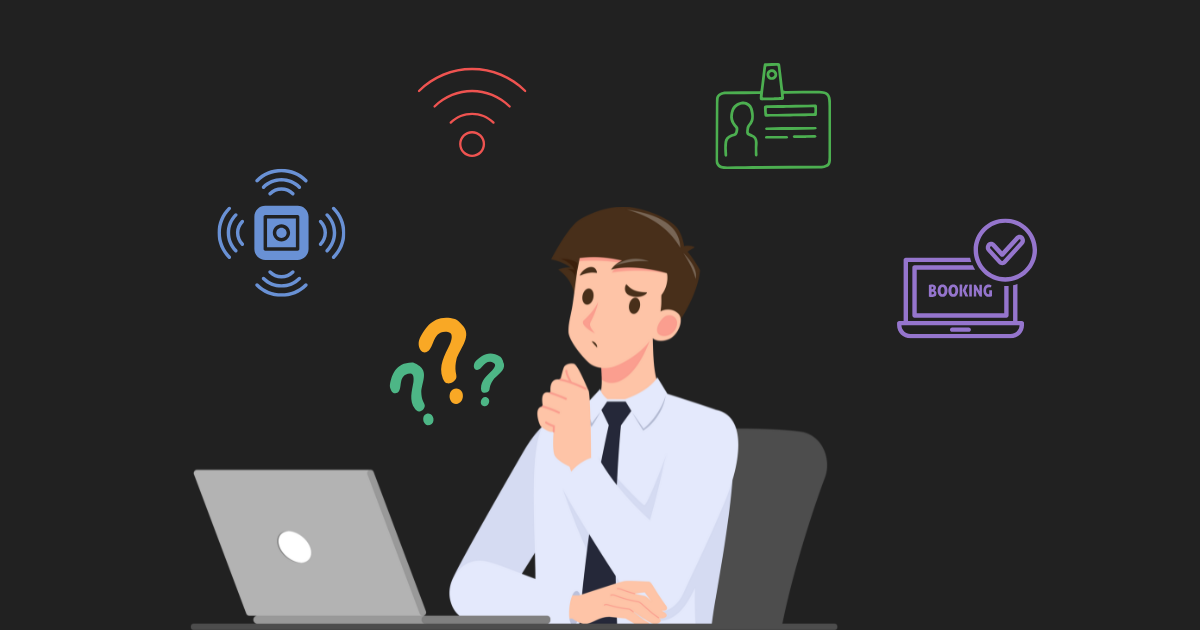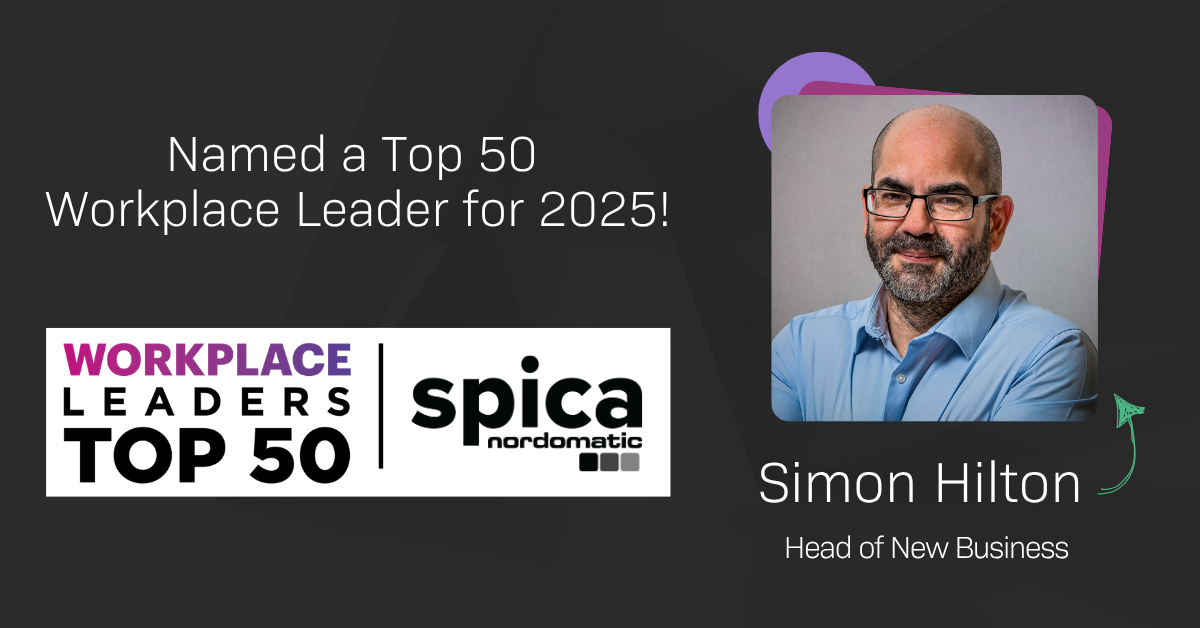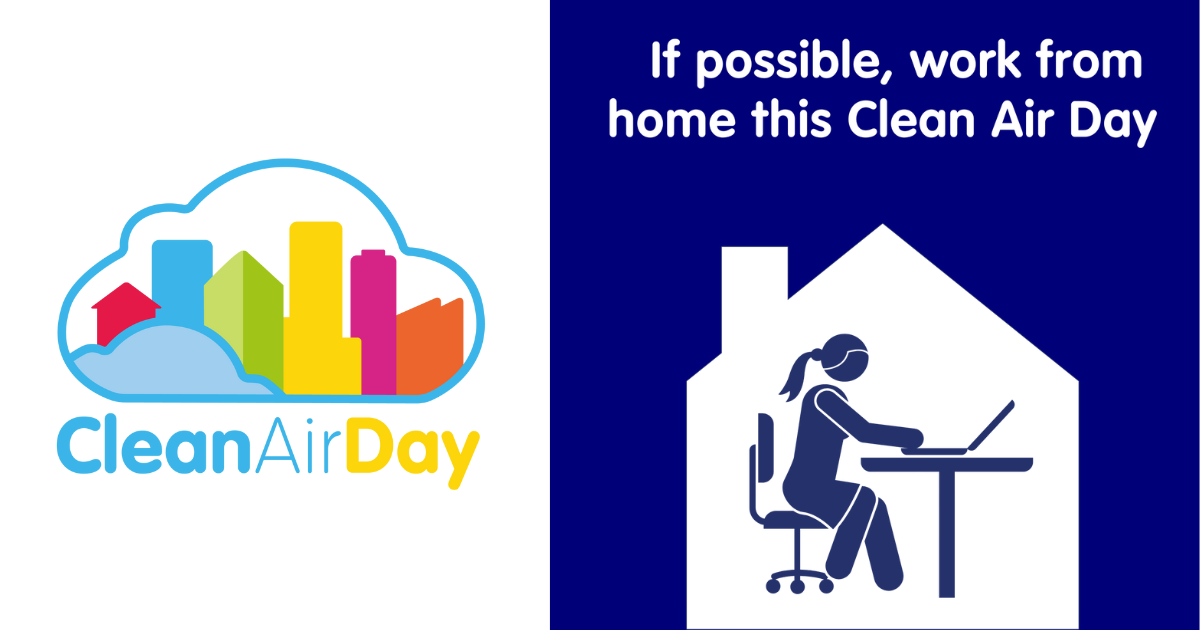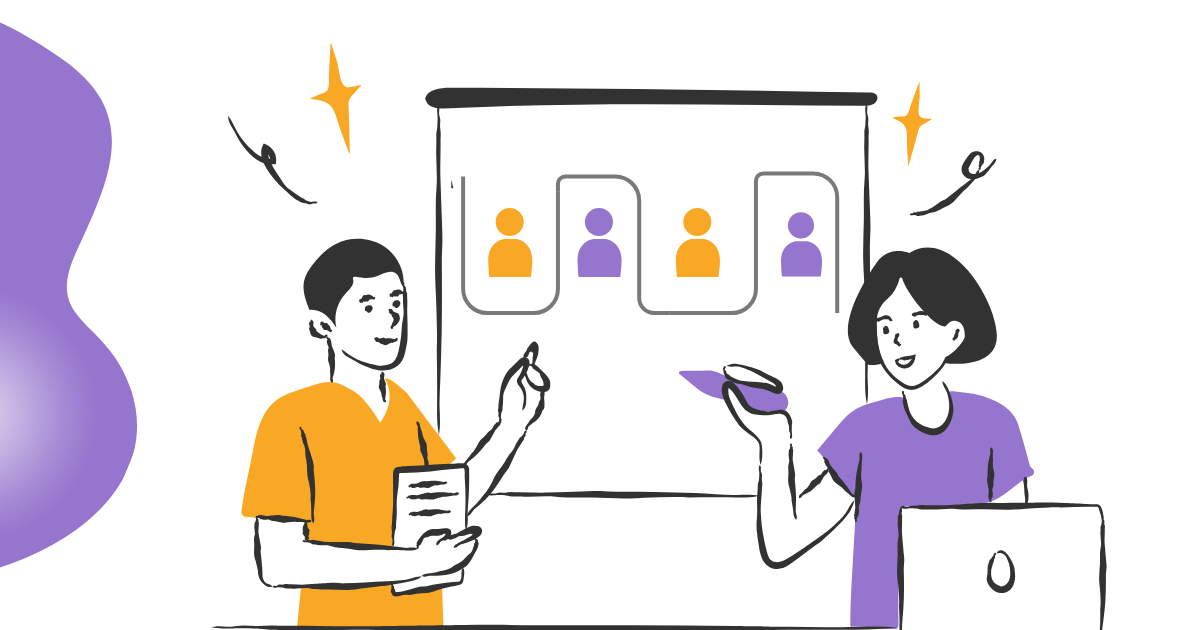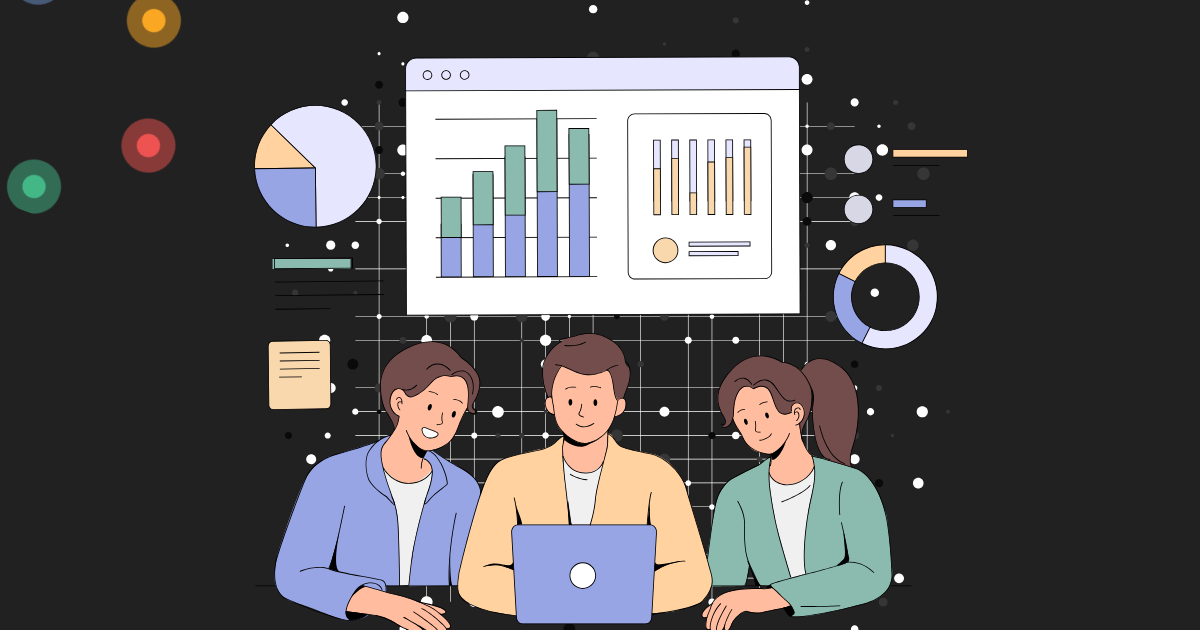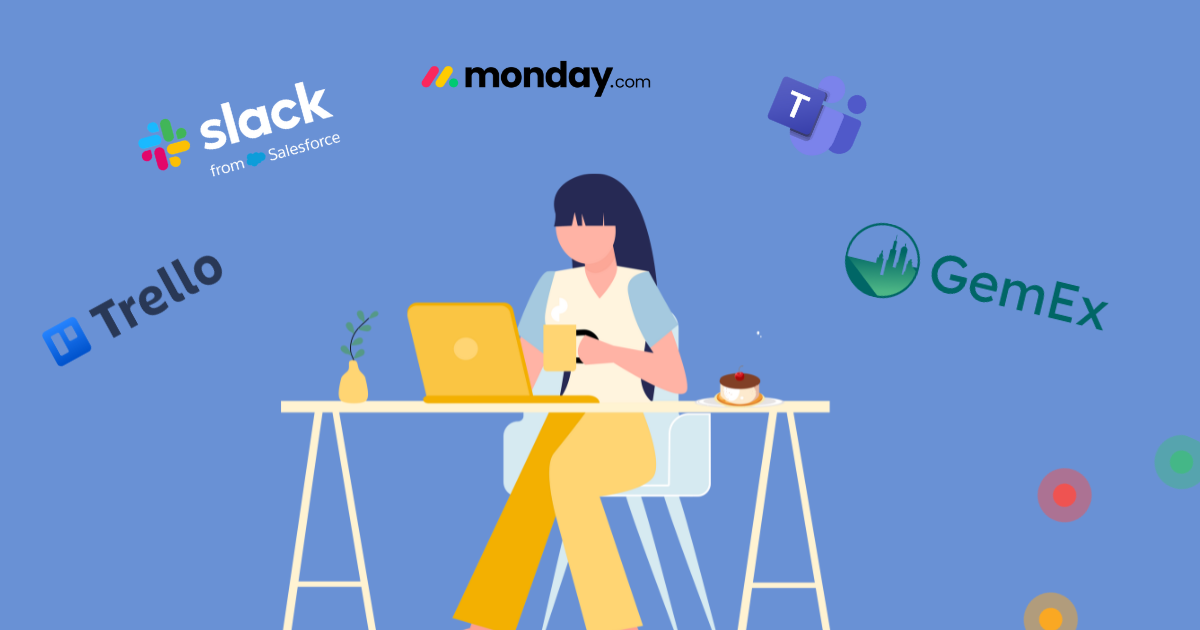In the modern workplace we are inundated with demand for data. Data, data, data. It’s the golden goose of your workplace. But what can you do with the data you have? That’s when all the voices exclaiming ‘we need to use this data!’ disappear. It’s a common misconception that having data alone delivers value. Of course, if you’ve gone to all the trouble of implementing sensors, systems and all sorts of set up into your workplace, you want to reap the rewards. But how? You can do it with GemEx Occupancy Analytics.
Asking the right workplace analytics questions
Insights. That’s the name of the game. At Spica we’ve spent a lot of time asking this question and what we realized was that there isn’t a single answer. Why? Well, is there a single workplace? No, of course not, you have sites around the country, the continent even the world. So while you are trying to drive towards the same goals across your portfolio you have to deal with problems bespoke to each building.
That’s where the Spica team started, we had tonnes of data in GemEx, our digital twin driven workplace management platform. We realized with all that data, the first question people were asking was ‘What’s going on?’, ‘How does what we’re seeing translate into numbers?’. And that’s what we delivered. A simple dashboard, with statistics and charts showing average utilizations, occupancies and peaks of meeting room and desk usage.
Note – whilst building this initial dashboard we had to define how we distinguished occupancy and utilization. Occupancy is how much and utilisation is how long, so occupancy would be how many desks were in use within a given time and utilisation is the aggregation of time individual desks were in use.
Answering your bespoke workplace questions
So there we had it.
A dashboard giving you the answer, ‘Look the data shows that’s what’s going on’.
Then comes the big question, the real question, the question behind the question, ‘Why?’.
Why are people only using desks over there? Is there a reason people use that meeting room? Why is our peak usage always on Tuesdays at 11am? That’s when we went back to the people that matter most, our users, and asked them, how do they find out why? Firstly, our users noted that there are some causes that the data will never show.
Sensors are never going to be able to track that people came in last week because it was someone’s birthday or that because of a road closure no one could get into the office before 10am yesterday. But, the data can help spot trends and behaviors caused by the workplace.
This was the point the Spica team realised, we need to help ask bespoke questions. Are people interested in using resources with specific equipment, which dedicated team spaces are oversubscribed or is anyone actually using the treadmill desk? Asking these bespoke questions, and finding the answers, allows you to combat problems and understand what’s working well. To allow users to ask these questions in GemEx, we knew that we needed a new and improved analytics framework, that could scale in the future whilst presenting simple and accessible insights.
Putting Workspace Data in Context
To do this we also recognized that we would need to incorporate another GemEx feature, Taxonomy. We’ve been allowing users to manage their Digital Twin through the application of categories to allow for the detailed and robust capture of information about specific resources and for targeting rules and displays, ie. Search for a desk near a window and make sure only Finance team members can book it. Now we also allow users to filter and group data by these categories within the new analytics dashboard, this means that they are able to derive insights using detailed, customised information, answering those bespoke questions. Do HR really need more allocated desks? How popular are the new video conferencing facilities? Are big meetings rooms used more than small ones?
We also knew that our users don’t want to be beholden to granular anomalies that data can sometimes throw up. Why were a string of desks used for 30 seconds one after another between 6pm and 7pm? ‘Oh, the cleaners were cleaning beneath the desks’. To help users filter out the noise, we have also introduced Occupancy filters. These restrict the data that gets reported back to only the usage of resources over a certain amount of time.
Allowing users to ask bespoke questions without having to deal with ‘fuzzy’ data was the goal we set out to achieve in the first step of our new analytics framework journey with the enhanced Occupancy Analytics dashboard. Watch this space for future product updates.
To find out more about the occupancy analytics dashboard and how a workplace experience platform can benefit your organisation book a demo of the GemEx by clicking here or alternatively get in touch with our Digital Workplace Consultants by emailing sales@spicatech.co.uk.

